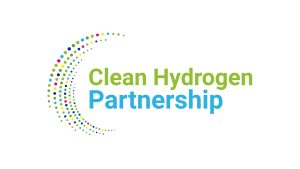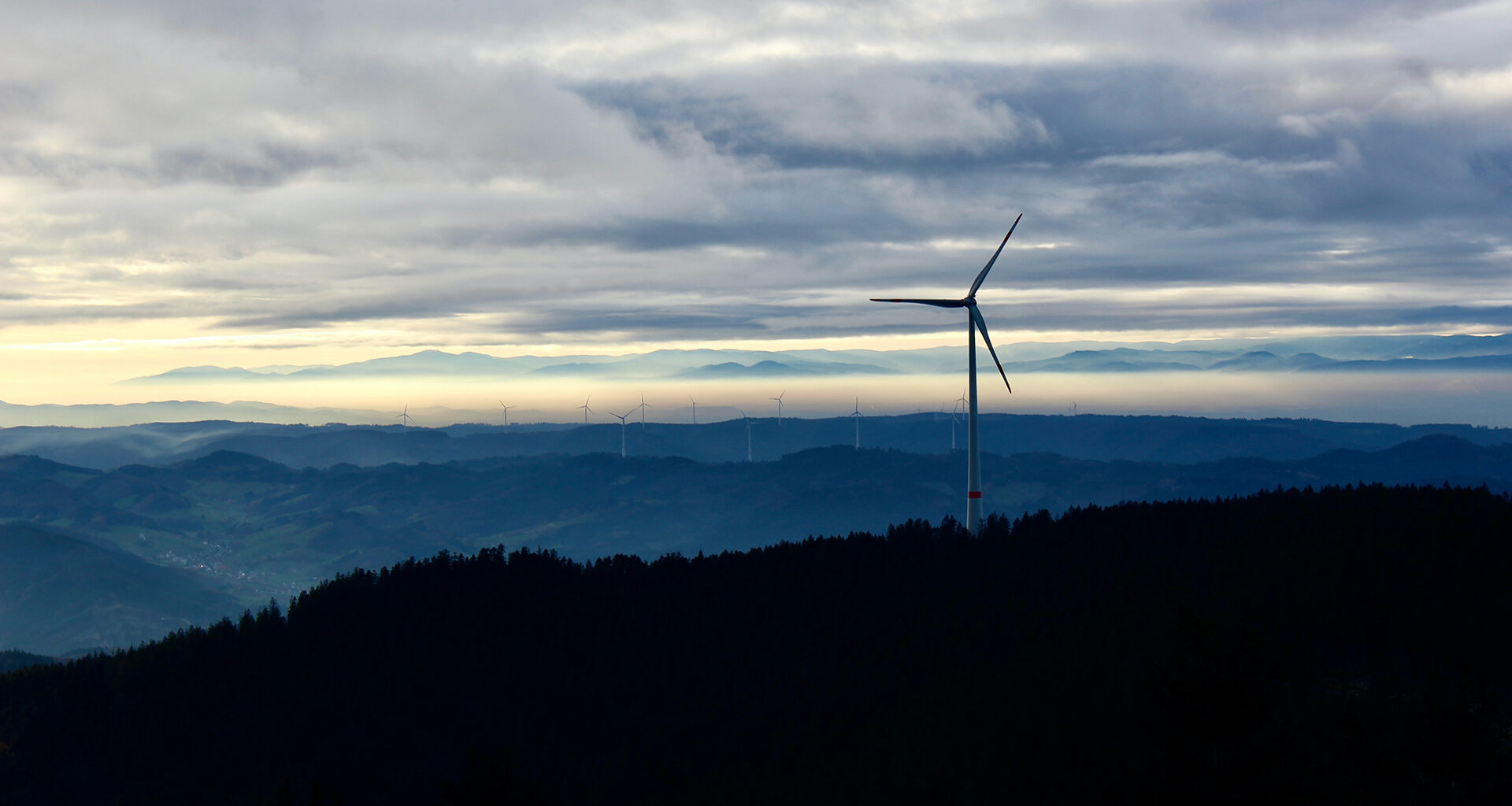The hydrogen valley will build an integrated Baltic Sea hydrogen economy to boost energy security and cut emissions.
A hydrogen valley is a regional system where hydrogen is produced, distributed, and used across different sectors in an integrated way. These ecosystems connect renewable electricity with end uses in energy, transport, and industry, turning hydrogen into a practical tool for cutting emissions and our dependency on fossil feedstock. For Europe, such initiatives are becoming central to both climate action and long-term security of supply.
One of the most ambitious projects of this kind is BalticSeaH2, which is creating the first large-scale cross-border hydrogen valley between Southern Finland and Estonia. The hydrogen valley is designed to serve as a model for regional cooperation across borders and to demonstrate how hydrogen value chains can be scaled up in practice.
Energy security as a driving force
The urgency of BalticSeaH2 has become clearer in recent years. Europe’s reliance on imported fossil fuels has made it vulnerable to global price fluctuations and geopolitical tensions. Energy has proven to be not only a climate issue but also a question of economic competitiveness and strategic autonomy.
By connecting local hydrogen production and use, BalticSeaH2 reduces this dependency and strengthens the region’s security of supply. Hydrogen made with renewable electricity can replace fossil fuels in applications where direct electrification is difficult. This ensures that essential industries continue to function even when external energy supplies are unstable.
The hydrogen valley also enhances supply security beyond energy. Ammonia production in Europe, for example, still relies heavily on natural gas, much of which has historically been imported from geopolitically unstable regions. By shifting to hydrogen-based processes, Europe can produce fertilisers domestically, reducing dependence on grey ammonia imports and strengthening both food and energy security.
A large-scale effort in the Baltic Sea region
The project started in June 2023 and will run for five years. With a budget of around €33m, co-funded by the European Union through Clean Hydrogen Partnership, BalticSeaH2 gathers 40 partners from nine countries: Finland, Estonia, Latvia, Lithuania, Poland, Germany, Denmark, Sweden, and Norway. This wide participation highlights how the hydrogen economy is not a national initiative but an international one, where infrastructure and value chains cross borders.
The chosen location benefits from existing strengths. Southern Finland and Estonia already share energy links, gas networks, and busy maritime routes, making it possible to integrate hydrogen production with established trade and transport flows. By building on what is already there, the project can move faster towards implementation.
Coordinating a complex partnership
The project is coordinated by CLIC Innovation, a Finnish open innovation cluster that brings together companies, universities, and research organisations to boost new innovations for sustainable businesses. CLIC Innovation played a key role in preparing BalticSeaH2 and now leads its implementation together with Finnish grid operator Gasgrid, ensuring that different partners and sectors move forward in parallel steps.

“The hydrogen valley is not only about new technology, it is about building new value chains, new infrastructures and the entire economic system,” says Jatta Jussila, CEO of CLIC. “Alongside environmental benefits, security of supply is central to the project, and hydrogen helps us achieve it by reducing dependency on imported fossil feedstocks and offering sustainable alternatives for industry.”
By bringing together such a broad partnership, CLIC Innovation provides a neutral platform where companies, research institutions, and public authorities can work side by side for new solutions and the systemic transition. This approach helps to align investments and regulation while also building trust among stakeholders.
Demonstrations and building new value chains
BalticSeaH2 is not just about long-term goals but also about practical steps. The project includes around 20 practical investments in the main valley. These use cases cover the whole chain, from producing hydrogen through electrolysis to using it in energy systems, industry, and transport.
One focus is the production of green ammonia. Ammonia has a dual role: it is a key ingredient in fertilisers and also an efficient way to transport hydrogen. Converting hydrogen into ammonia makes it easier to store and ship, which opens up possibilities for international trade. At the same time, green ammonia allows agriculture to continue using familiar products while cutting emissions and dependence on imports.
However, these value chains alone are not enough. To build a hydrogen economy, industries need clear demand signals and predictable rules. Large follow-up investments in infrastructure and production capacity depend on a regulatory environment that gives confidence in future markets. BalticSeaH2 shows how demand can be aggregated across borders, but a strong role from the EU is essential to provide the framework that makes this possible.
A model for Europe
The impact of BalticSeaH2 will extend far beyond Finland and Estonia. The project is expected to trigger several billion euros of follow-up investments in infrastructure, industrial plants, and related services. By demonstrating how a hydrogen valley can be developed across borders, it provides valuable lessons for other regions in Europe.
Cross-border cooperation is particularly important for hydrogen, as markets and infrastructure do not stop at national borders. Shared standards, harmonised regulation, and coordinated investments are needed to scale up hydrogen production and use. Without this, development risks being slowed down by fragmented rules and unaligned infrastructure. BalticSeaH2 shows that regional cooperation is possible, but broader EU action is necessary to deploy a hydrogen economy at scale.
Towards a cleaner and more secure future
By linking energy and industry and keeping security of supply at the centre, BalticSeaH2 shows what a hydrogen valley can mean in practice. It reduces Europe’s dependence on fossil imports, creates new opportunities for industry, and supports the transition to a sustainable economy.
At the same time, the project highlights the competitiveness dimension. Hydrogen-based value chains are emerging globally, and Europe needs to ensure that its industries remain attractive locations for investment. A coordinated hydrogen strategy helps Europe not only meet climate goals but also maintain industrial leadership.


Please note, this article will also appear in the 24th edition of our quarterly publication.
